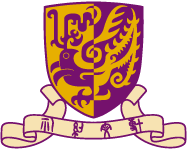目的地
澳洲 Australia
Australia is a country with a population of 19 million. The country is 7 million sq km large, and the capital city is Canberra.
In Australia 92% of the population is assimilated white Australians, 7% are Asian immigrants, and, 350,000 are indigenous Aborigines. 58% are Christians (more than half are Catholics), and the rest are Buddhist, Jewish, Muslim and other mixed denominations.
The country is a constitutional monarchy; the Head of State is Queen Elizabeth II. The current ruling party is the coalition lead by Prime Minister John Howard.
Melbourne is Australia’s second largest city with a population of over three million. Located along the banks of the Yarra River where it meets Port Philip Bay, Melbourne is a multicultural city and home to people from over 140 nations. Now the capital of Victoria, Melbourne was founded in 1835 and later became a city of international significance within 50 years. By 1901 it had become Australia’s first capital. Since then, Melbourne has grown dramatically. The city has nurtured and inspired architecture, gardens and urban design recognized worldwide.
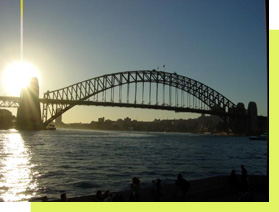
Figure 1: Sydney Harbour Bridge
行程安排
In the year 2002, a field trip to Australia was organized by the Department of Geography and Resource Management. This was the first year when field study trips were organized as compulsory courses. A total of 32 participants included Prof. Lam kin Che and Prof. Chen Yongqin (Trip Leaders), Ms. Sandy Lee (Staff), Mr. Dennis Woo (Graduate Assistant) and 28 undergraduate students. Special thanks to Prof. Lawal Marafa, trip coordinator, for his efforts in the organization of our trip. Thanks also to colleagues at SAGES of the University of Melbourne for their kind support and guidance during our trip. In addition, we thank Dr. Brian Finlayson, Dr. Mark Yaolin WANG, and Dr. Wayne Stephenson for their help in organizing the trip.
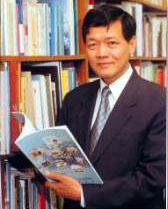
Figure 1: Prof. Lam Kin Che

Figure 2: Prof. Chen Yongqin, David
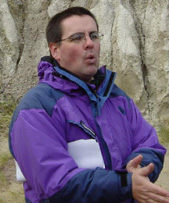
Figure 3: Dr. Wayne Stephenson

Figure 4: Dr. Mark Yaolin Wang
The Australian trip took students to the country’s two largest cities, Sydney and Melbourne, and their surrounding areas for comprehensive field studies of a wide range of geographical issues.
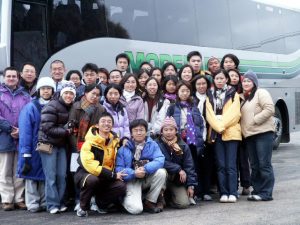
Figure 5: The Australia Study Group
Study Mode
Field trips of the department encourage students to study a variety of topics in Geography. In Australia we had two very different modes of study in the two cities we visited. In Melbourne, thanks to our local host, the School of Anthropology, Geography and Environmental Studies (SABES), University of Melbourne, we attended lectures by local experts and participate in guided tours in the region. Without any local support in Sydney, students were required to carry out exploratory fieldwork in groups; they studied in pre-assigned study topics.
Assessment
This field trip allowed students to fulfill a compulsory course requirement for all major students. Based on performance in pre-trip preparation, participation and presentations during the trip and an individual field trip report, a grade was given to each credit-earning participant.
Research Content
Melbourne was the first stop of the trip from 27th June to 30th June. During this period participants stayed in student hostels at University College.
Activities in Melbourne mainly covered the following three themes:
- Urbanization and suburbanization in Melbourne
- Coastal geomorphology and coastal management
- Urban waterway management and wastewater treatment in Melbourne
